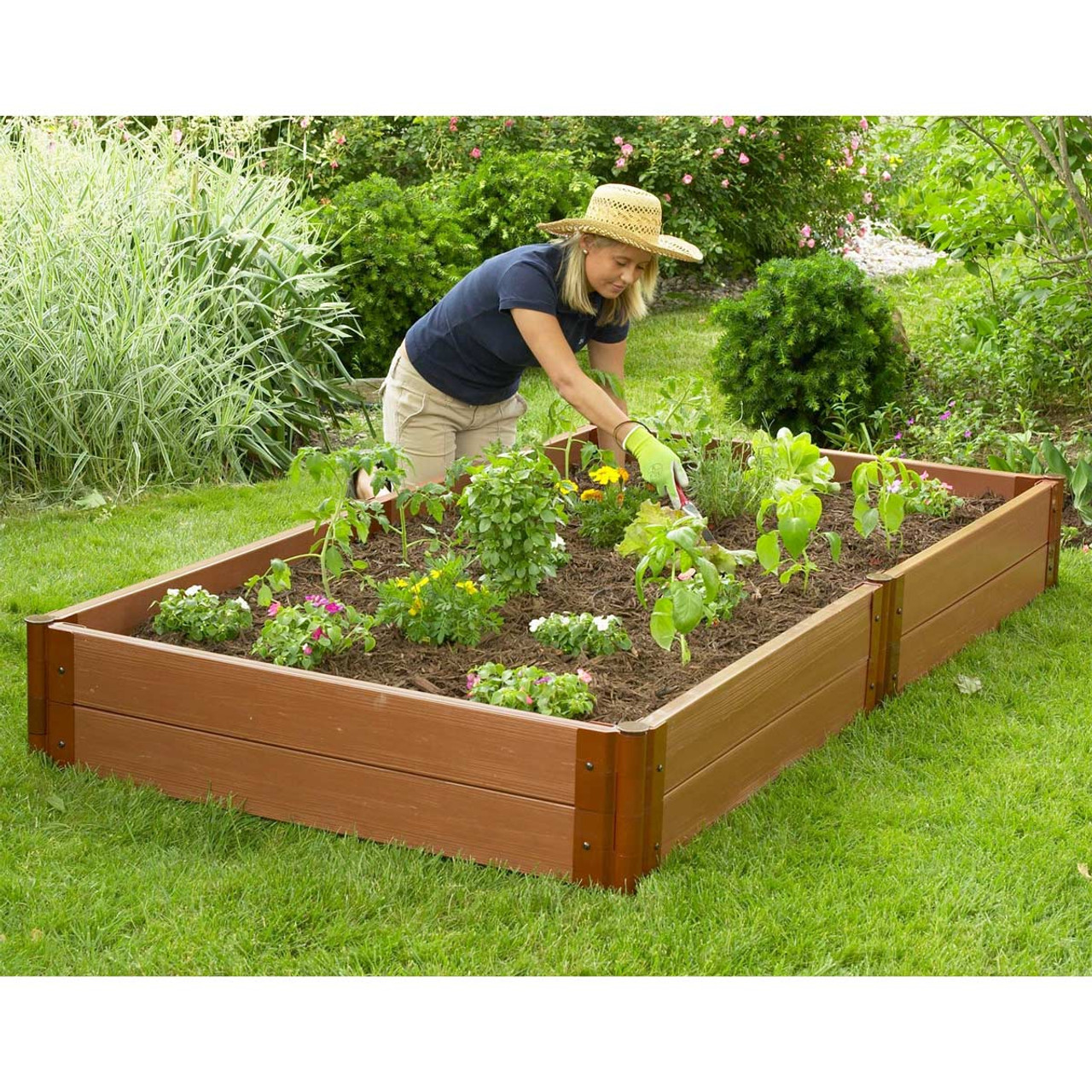

Articles
How To Create A Garden
Modified: October 20, 2024
Learn how to create a beautiful garden with our step-by-step gardening guide. From choosing the right plants to maintaining your garden, we've got you covered!
(Many of the links in this article redirect to a specific reviewed product. Your purchase of these products through affiliate links helps to generate commission for Storables.com, at no extra cost. Learn more)
Introduction
Welcome to the exciting world of gardening! Whether you have a sprawling backyard or just a small balcony, creating a garden can bring immense joy and satisfaction. Not only does gardening allow you to connect with nature, but it also provides an opportunity to grow your own fresh and flavorful fruits, vegetables, and herbs.
Creating a garden from scratch may seem daunting, but with the right knowledge and guidance, anyone can become a successful gardener. In this article, we will walk you through the step-by-step process of creating and maintaining a garden, from choosing a location to enjoying the bountiful harvest.
But before we jump into the details, let’s take a moment to appreciate the benefits of gardening. Gardening is not only a rewarding hobby, but it also offers numerous health benefits. Spending time outdoors, taking in fresh air and vitamin D from the sun, can improve your mood and reduce stress levels. Additionally, gardening is a great form of exercise that can help you stay active and fit.
Furthermore, by growing your own food, you have complete control over what goes into it. You can choose to grow organically, avoiding harmful pesticides and chemicals. This ensures that you and your family are consuming fresh, healthy produce.
Now, let’s dive into the first step of creating a garden – choosing a location.
Key Takeaways:
- Cultivating a garden provides not only fresh produce but also a therapeutic and rewarding connection with nature, offering a sense of fulfillment and tranquility.
- From selecting the perfect location to relishing the bountiful harvest, gardening is a continuous learning process that brings joy, satisfaction, and a deeper appreciation for the natural world.
Read more: How To Create A Garden Bed
Step 1: Choosing a Location
The first step in creating a garden is to carefully select the location where you will grow your plants. The success of your garden largely depends on this crucial decision. Here are a few factors to consider when choosing a location:
- Sunlight: Most plants require at least 6 hours of direct sunlight each day to thrive. Observe your outdoor space to determine which areas receive the most sunlight. Choose a location that offers maximum exposure to the sun.
- Soil Quality: Assess the quality of the soil in your chosen location. Good soil quality, with proper drainage and nutrient content, is essential for healthy plant growth. Conduct a soil test to determine its pH level and nutrient composition. If the soil is poor, you can improve it by adding organic matter, such as compost or aged manure.
- Accessibility: Consider the proximity of your garden to a water source. Having easy access to a water supply will make it more convenient for watering your plants. Additionally, ensure that the location is easily accessible for regular maintenance tasks, such as weeding, harvesting, and pruning.
- Protection from Elements: Take into account any potential obstacles or protection from strong winds or extreme weather conditions. If your chosen location is prone to strong winds, consider creating windbreaks, such as planting trees or installing fences, to shield your plants from damage.
- Space Availability: Determine the amount of space you have available for your garden. If space is limited, consider utilizing containers, vertical gardening techniques, or raised beds to make the most of the area. Additionally, take note of any existing structures or landscape features that might affect the layout of your garden.
- Aesthetics: Lastly, consider the visual aspect. Choose a location that you find aesthetically pleasing. Your garden should bring you joy and be a space where you can relax and unwind.
Once you have taken these factors into account, you can confidently choose the best location for your garden. With a suitable location in place, we can move on to the next step – preparing the soil.
Step 2: Preparing the Soil
Creating a garden with healthy and productive plants starts with preparing the soil. Proper soil preparation is essential for ensuring that your plants have the necessary nutrients and conditions to thrive. Here are the key steps in preparing the soil:
- Clear the Area: Start by removing any existing weeds, grass, or other vegetation from the area where you plan to create your garden. Use a garden hoe or a shovel to loosen the soil and remove any debris.
- Test the Soil: Conduct a soil test to determine its pH level and nutrient content. You can purchase a DIY soil testing kit or send a sample to a local agricultural extension office for analysis. Based on the results, you can make adjustments to optimize the soil’s nutrient balance.
- Amend the Soil: Depending on the test results, you may need to amend the soil to improve its fertility and structure. Add organic matter, such as compost, well-rotted manure, or peat moss, to the soil. This will help improve drainage, water retention, and nutrient availability.
- Loosen the Soil: Use a garden fork or a tiller to loosen the soil to a depth of about 12 inches. This will break up compacted soil and create a better environment for root growth and nutrient absorption.
- Remove Rocks and Debris: While loosening the soil, remove any rocks, roots, or other debris that may impede plant growth. Smooth out the soil surface to create a level bed for planting.
- Add Organic Fertilizer: Before planting, consider adding a slow-release organic fertilizer to the soil. This will provide a steady supply of nutrients to your plants as they grow. Follow the recommended application rates on the fertilizer package.
- Water the Soil: After preparing the soil, thoroughly water it to help settle and integrate the amendments. Adequate moisture will also ensure that the soil is ready for planting.
By taking the time to properly prepare the soil, you will provide your plants with a healthy foundation for growth. The next step in creating your garden involves selecting the right plants and seeds to suit your preferences and growing conditions.
Step 3: Selecting Plants and Seeds
Choosing the right plants and seeds is a crucial step in creating a successful garden. Your selection should be based on your personal preferences, available space, growing conditions, and desired harvest. Here are some factors to consider when selecting plants and seeds:
- Climate and Hardiness: Consider your local climate and the hardiness of the plants or seeds you are interested in. Ensure that they are suitable for your region and will thrive in the temperature and weather conditions of your area.
- Plant Type: Determine the type of plants you would like to grow. This could include vegetables, fruits, herbs, flowers, or a combination of these. Consider your available space, time commitment, and desired yield when making your selection.
- Growing Requirements: Each plant has specific requirements for sunlight, water, and soil conditions. Check the growing requirements of the plants you are interested in to ensure that you can provide the necessary conditions for their optimal growth.
- Companion Planting: Consider practicing companion planting, which involves growing certain plants together to benefit one another. For example, planting marigolds alongside tomatoes can help deter pests. Research companion planting techniques to make the most of your garden space.
- Seed Quality: When purchasing seeds, choose varieties from reputable seed companies. Look for seeds that are fresh, non-GMO, and of high quality. This will increase the chances of successful germination and healthy plant growth.
- Plant Health: Inspect plants for signs of disease or pests before purchasing them. Avoid plants with yellowing or wilted leaves, spots, or stunted growth. Healthy, robust plants are more likely to thrive in your garden.
- Succession Planting: Consider staggering your planting schedule to prolong the harvest season. Succession planting involves planting new seeds or plants at regular intervals, ensuring a continuous supply of fresh produce throughout the growing season.
Take into account your personal preferences, the available space in your garden, and the resources you have. It is also helpful to keep a garden journal or utilize online resources to keep track of planting schedules, growing tips, and recommended varieties for your specific growing conditions.
Now that you have selected your plants and seeds, it’s time to move on to the next step: planting and transplanting.
Step 4: Planting and Transplanting
Now that you have selected your plants and seeds, it’s time to bring your garden to life by planting and transplanting them into the prepared soil. Here are the key steps for successful planting and transplanting:
- Follow Planting Guidelines: Each plant has specific planting guidelines regarding spacing, depth, and watering requirements. Read the instructions provided on the seed packets or plant labels and follow them carefully to ensure proper growth.
- Prepare the Planting Holes: Dig holes in the prepared soil that are deep and wide enough to accommodate the plant’s root ball. Gently loosen the roots of transplants to encourage outward growth as they establish themselves in the soil.
- Plant at the Right Time: Consider the recommended planting dates for your specific plants. Some plants thrive in cool weather and should be planted in early spring or fall, while others prefer the warmth of late spring or early summer.
- Watering: Water plants thoroughly after planting to help settle the soil around the roots and provide them with initial hydration. Follow the watering recommendations specific to each plant, making sure not to overwater or underwater.
- Mulching: Apply a layer of organic mulch, such as straw, wood chips, or shredded leaves, around the base of your plants. Mulch helps conserve moisture, suppress weeds, and regulate soil temperature.
- Provide Support: If you are planting vegetables like tomatoes, beans, or cucumbers that require support, install stakes, trellises, or cages at the time of planting. This will provide structure and support for plants as they grow and prevent them from sprawling on the ground.
- Watering and Maintenance: After planting, continue to water your plants regularly, keeping the soil consistently moist but not waterlogged. Monitor your plants for signs of nutrient deficiencies, pests, or diseases and take appropriate action to ensure their health and vitality.
- Transplanting Seedlings: If you started seeds indoors and have seedlings ready for transplanting, ensure that they have been hardened off before planting them in the garden. Harden off seedlings by gradually exposing them to outdoor conditions, starting with a few hours of dappled sunlight and gradually increasing the time over several days.
Remember to give your plants some time to adjust to their new surroundings after planting or transplanting. With proper care and attention, your plants will establish themselves and begin to grow and thrive in your garden.
Next up, we’ll explore the importance of watering and irrigation for the health of your garden.
Step 5: Watering and Irrigation
Watering and irrigation are vital for the health and growth of your plants. Proper watering ensures that plants receive the right amount of moisture they need to thrive. Here are some key points to consider when it comes to watering and irrigation:
- Monitor Soil Moisture: Check the moisture level of the soil regularly to determine when to water. Stick your finger into the soil up to your knuckle to gauge its moisture content. If it feels dry at that depth, it’s time to water.
- Watering Techniques: Avoid shallow and frequent watering, as it promotes shallow root growth. Instead, water deeply and thoroughly to encourage roots to grow deeper into the soil. Apply water at the base of the plants, close to the roots, rather than spraying the leaves. This helps prevent foliar diseases and ensures efficient water usage.
- Time of Day: Water your plants early in the morning or late in the evening when temperatures are cooler. This helps reduce evaporation and allows plants to absorb water more effectively. Avoid watering during the heat of the day to prevent moisture loss and potential leaf burn.
- Irrigation Systems: Consider installing an irrigation system, such as drip irrigation or a soaker hose, to provide consistent and efficient watering. These systems deliver water directly to the root zone, reducing water waste and minimizing weed growth.
- Watering Frequency: The frequency of watering depends on various factors such as plant type, weather conditions, soil type, and stage of growth. Established plants generally require less frequent watering compared to newly planted ones. Observe your plants and adjust the watering schedule accordingly.
- Avoid Overwatering: Overwatering can be detrimental to plant health, as it can lead to root rot and other diseases. Ensure that the soil has adequate drainage to allow excess water to escape. Avoid waterlogged soil by providing proper drainage or using raised beds.
- Water Conservation: Implement water-saving techniques such as mulching, which helps retain moisture in the soil. Collect rainwater in barrels and use it for watering your garden. Group plants with similar water needs together to avoid overwatering certain areas.
- Leaf Watering: Some plants, such as tomatoes and certain herbs, are susceptible to foliar diseases when their leaves come into contact with water. To prevent this, avoid overhead watering and focus on watering at the base of the plants.
Remember, each plant has slightly different water requirements, so it’s essential to observe your plants and adjust your watering practices accordingly. With proper watering and irrigation, you’ll help your garden flourish and thrive.
Next in line is Step 6, where we’ll explore the importance of adding mulch and fertilizer to your garden.
Choose the right location for your garden based on sunlight, soil quality, and drainage. This will ensure your plants have the best chance of thriving.
Step 6: Adding Mulch and Fertilizer
Adding mulch and fertilizer to your garden is essential for promoting plant growth, improving soil health, and suppressing weeds. These practices provide plants with the necessary nutrients and create a favorable environment for their development. Here’s what you need to know about adding mulch and fertilizer:
- Mulching: Spread a layer of organic mulch, such as straw, wood chips, or shredded leaves, around your plants. Mulch helps retain soil moisture, regulate soil temperature, and inhibit weed growth. Apply the mulch in a layer about 2-3 inches thick, making sure to keep it a few inches away from the plant stems to prevent rot and pest issues.
- Fertilizing: Fertilizing provides plants with essential nutrients for growth and development. There are two main types of fertilizers: organic and synthetic. Organic fertilizers, such as compost, manure, and bone meal, are derived from natural sources and improve soil fertility over time. Synthetic fertilizers, on the other hand, are chemically formulated and provide nutrients in a more concentrated form.
- Soil Testing: Before applying fertilizers, it’s beneficial to conduct a soil test to determine its nutrient levels. A soil test will indicate any deficiencies or excesses in nutrients. This information will help you choose the right fertilizer and apply it at the appropriate rates to meet the plants’ requirements.
- Organic Fertilizers: Organic fertilizers are the preferred choice for many gardeners, as they improve soil structure and fertility over time. They release nutrients slowly, providing a steady supply to the plants. Organic options include compost, well-rotted manure, fish emulsion, and seaweed-based fertilizers.
- Synthetic Fertilizers: Synthetic fertilizers provide a quick-release of nutrients to plants, but they can be easily overused, leading to nutrient buildup or environmental pollution. If you choose to use synthetic fertilizers, follow the instructions carefully and avoid excessive application to prevent detrimental effects on your plants and the environment.
- Application Methods: Follow the guidelines provided by the fertilizer manufacturer regarding application rates and frequency. Some fertilizers are incorporated into the soil before planting, while others are applied as a top-dressing or side-dressing during the growing season. Water the plants after fertilizing to ensure proper nutrient absorption.
- Compost as Fertilizer: Compost is an excellent all-natural fertilizer that enriches the soil with nutrients and improves its structure. Make your own compost or purchase it from a reliable source. Apply compost to the soil before planting or use it as a top-dressing around established plants.
- Fertilizing Schedule: Fertilizing should be done judiciously to avoid overfeeding or undernourishing plants. Follow a fertilizing schedule that takes into account the specific nutrient requirements of different plants, their growth stages, and seasonal needs. Avoid fertilizing during periods of drought or stress.
Adding mulch and fertilizer to your garden is an investment in the long-term health and productivity of your plants. These practices improve soil fertility, enhance plant growth, and minimize weed competition. With proper mulching and fertilizing, your garden will thrive and reward you with a bountiful harvest.
In the next step, Step 7, we’ll explore the importance of maintaining and pruning your garden to ensure its health and vitality.
Step 7: Maintaining and Pruning
Maintaining and pruning your garden is essential for keeping your plants healthy, promoting optimal growth, and preventing problems such as diseases and pests. Regular maintenance and pruning help to shape and maintain the structure of your plants, remove damaged or diseased parts, and encourage new growth. Here are some key points to consider when it comes to maintaining and pruning your garden:
- Weeding: Regularly remove weeds from your garden beds to prevent them from competing with your plants for water, nutrients, and sunlight. Use a garden hoe or hand tools to gently remove weeds, taking care not to disturb the roots of your plants.
- Watering: Continue to water your plants regularly, adjusting the frequency and amount based on the specific needs of each plant. Be mindful of changes in weather or seasonal patterns that may affect watering requirements.
- Mulch Renewal: Monitor the mulch layer in your garden and replenish it as needed. Over time, mulch can break down or get displaced, so it’s important to maintain a consistent layer to benefit your plants.
- Pruning: Regular pruning is important for maintaining the shape, health, and productivity of your plants. Remove dead, diseased, or damaged branches using clean and sharp pruning shears. Prune to improve airflow and light penetration, encourage new growth, and remove any overcrowded or crossing branches.
- Deadheading: Deadheading is the removal of spent flowers to encourage additional blooms and maintain a tidy appearance. Pinch or snip off faded flowers just above a healthy set of leaves or a bud to stimulate further flowering.
- Pinching: Pinching is a technique used to control the shape and size of certain plants. By gently removing the tips of young shoots, you can promote branching and create a fuller, bushier appearance. This is particularly useful for plants like basil, coleus, and chrysanthemums.
- Vining Plants: Vining plants, such as tomatoes, cucumbers, and grapes, benefit from regular pruning and guidance. Train the vines along supports or trellises, and remove any excess growth or lateral shoots to maintain an organized and manageable structure.
- Monitor for Pests and Diseases: Keep a close eye on your plants for signs of pests and diseases. Early detection is key to preventing infestations and minimizing damage. Take appropriate action by using natural or organic pest control methods, such as handpicking pests or using insecticidal soap, to avoid the use of harsh chemicals.
Regular maintenance and pruning not only keep your garden looking neat and tidy but also contribute to the overall health and productivity of your plants. Regular observation and care can help prevent potential issues and allow you to enjoy a flourishing and vibrant garden.
Now that your garden is well-maintained, let’s move on to Step 8, where we’ll explore how to deal with pests and diseases in your garden.
Step 8: Dealing with Pests and Diseases
Pests and diseases can pose a threat to the health and productivity of your garden. It’s important to address these issues promptly and effectively to prevent further damage. Here are some steps you can take to deal with pests and diseases in your garden:
- Identification: Learn to identify common pests and diseases that affect the plants in your garden. Look for signs such as chewed leaves, discolored foliage, distorted growth, or presence of insects. Accurate identification is crucial in determining the appropriate course of action.
- Natural Predators: Encourage beneficial insects, birds, and other natural predators that feed on pests. Planting flowers that attract pollinators or creating habitats for beneficial insects, such as ladybugs and lacewings, can help reduce pest populations naturally.
- Handpicking: For larger pests, like caterpillars or slugs, handpicking them off the plants is an effective and chemical-free method of control. Regularly inspect your plants and remove any pests you find.
- Companion Planting: Utilize companion planting techniques to naturally repel pests. Certain plants, such as marigolds, basil, and garlic, have natural pest-repellent properties. Interplanting them with your susceptible plants can help deter pests.
- Cultural Practices: Practicing good garden hygiene and proper cultural practices can help prevent and manage pest and disease issues. Keep your garden clean, remove fallen leaves and debris, and space plants appropriately to allow for good air circulation and minimize the likelihood of disease outbreaks.
- Organic Pest Control: If pests persist, consider using organic pest control methods such as insecticidal soaps, neem oil, or homemade remedies. These are less harmful to the environment and can effectively control pests when used according to the instructions.
- Disease Management: Many plant diseases can be managed by practices such as crop rotation, proper watering techniques, and using disease-resistant varieties. Remove any infected plants or plant parts promptly to prevent the spread of disease to healthy plants.
- Chemical Control: As a last resort, if other methods have proven ineffective and the pest or disease problem is severe, you may consider using chemical controls. However, it’s important to use them sparingly and in accordance with the instructions provided to minimize harm to beneficial organisms and the environment.
Dealing with pests and diseases in your garden requires a combination of vigilance, knowledge, and appropriate action. Regular observation, prompt intervention, and sustainable pest management practices will help protect your plants and maintain a thriving garden.
Now that you have learned how to deal with pests and diseases, it’s time to move on to Step 9, where we’ll explore the joy of harvesting and enjoying the fruits of your labor.
Step 9: Harvesting and Enjoying the Fruits of Your Labor
After all the hard work and care you’ve put into creating and maintaining your garden, it’s time to reap the rewards. Step 9 is all about the joy of harvesting and enjoying the fruits of your labor. Here are some key points to consider when it comes to harvesting and savoring your garden’s bounty:
- Timing: Understand the optimal time for harvesting each crop. Different fruits, vegetables, and herbs have their own ideal ripeness indicators, such as color, size, or firmness. Harvesting at the right time ensures the best flavor, texture, and nutritional value.
- Gentle Handling: Handle harvested produce with care to prevent bruising or damage. Use a sharp knife or pruning shears to harvest fruits and vegetables, cutting the stems close to the plant. Be careful not to tug or pull, as this can harm both the plant and the quality of the harvest.
- Storing: Proper storage is crucial for extending the shelf life of your harvest. Some crops, like root vegetables, can be stored in a cool, dark, and dry place. Others, like leafy greens or herbs, are best stored in the refrigerator with a damp paper towel to maintain freshness.
- Preserving: If you have a surplus of produce, consider preserving it for later use. Options include canning, freezing, dehydrating, or making jams, jellies, or pickles. Preserving allows you to enjoy the flavors of your garden throughout the year.
- Sharing: Share the abundance of your garden with friends, family, and neighbors. Sharing your homegrown produce is a wonderful way to spread joy and build a sense of community. It’s also a great opportunity to introduce people to the joys of gardening.
- Culinary Delights: Finally, savor the fruits of your labor by creating delicious meals from your garden harvest. Experiment with new recipes and flavors, and enjoy the flavorful and nutritious benefits of homegrown produce. From vibrant salads to hearty stews, let your garden inspire your culinary creations.
- Reflection and Planning: As you enjoy the delicious crops from your garden, take a moment to reflect on your gardening journey. Consider what worked well and what you would like to improve upon for the next growing season. Plan for future plantings, crop rotations, and garden expansions to continue the joy of gardening.
Harvesting and relishing the fruits of your labor is one of the most rewarding aspects of gardening. It connects you to the beauty and abundance of nature and allows you to fully appreciate the satisfaction of growing your own food.
Congratulations on completing all nine steps of creating a garden! With your newfound knowledge and experience, you’re well-equipped to continue your gardening journey and enjoy the wonders of nature right in your own backyard.
Remember, gardening is a continuous learning process, so don’t be afraid to try new plants, experiment with different techniques, and enjoy the journey as you watch your garden flourish.
Happy gardening!
Conclusion
Congratulations on completing the journey of creating your own garden! Throughout the nine steps we have covered, you have gained valuable knowledge and skills that will serve you well in your gardening endeavors. From choosing the perfect location to harvesting the bountiful produce, you have experienced the joys and challenges of nurturing plants.
Gardening is not only a hobby but a source of immense satisfaction and connection with nature. It allows you to create a beautiful and productive outdoor space while providing you with fresh, nutritious, and flavorful fruits, vegetables, and herbs. The process of tending to plants, watching them grow, and ultimately harvesting the fruits of your labor is truly rewarding.
Creating a garden requires patience, dedication, and a deep appreciation for the natural world. As you continue to nurture your garden, remember to adapt and learn from the experience. Every garden is unique, and there may be setbacks and challenges along the way, but with each season, you will gain more insights and grow as a gardener.
Take the time to reflect on your garden’s successes and areas for improvement. Embrace the opportunity to experiment with new plant varieties, cultivation techniques, and design ideas. Gardening is a continuous learning process, and your garden will evolve and transform along with your growing knowledge and skills.
Beyond the tangible benefits, gardening also offers a range of intangible rewards. It provides a sense of tranquility, a way to relieve stress, and an opportunity to reconnect with the natural world. Spending time in your garden allows you to observe the delicate balance of life, appreciate the beauty of blooming flowers, and marvel at the resilience and growth of your plants.
Whether you have created a small container garden on your balcony or transformed a spacious backyard into a thriving oasis, the joy of gardening will continue to inspire you. As you immerse yourself in the wonders of nature, remember to share your knowledge and experiences with others, spreading the joy and benefits of gardening to your community.
So, pick up your gardening tools and embark on another season of growth, exploration, and the never-ending journey of creating and tending to your garden. May your garden flourish, bringing you endless beauty, delicious harvests, and a sense of fulfillment.
Happy gardening!
Frequently Asked Questions about How To Create A Garden
Was this page helpful?
At Storables.com, we guarantee accurate and reliable information. Our content, validated by Expert Board Contributors, is crafted following stringent Editorial Policies. We're committed to providing you with well-researched, expert-backed insights for all your informational needs.
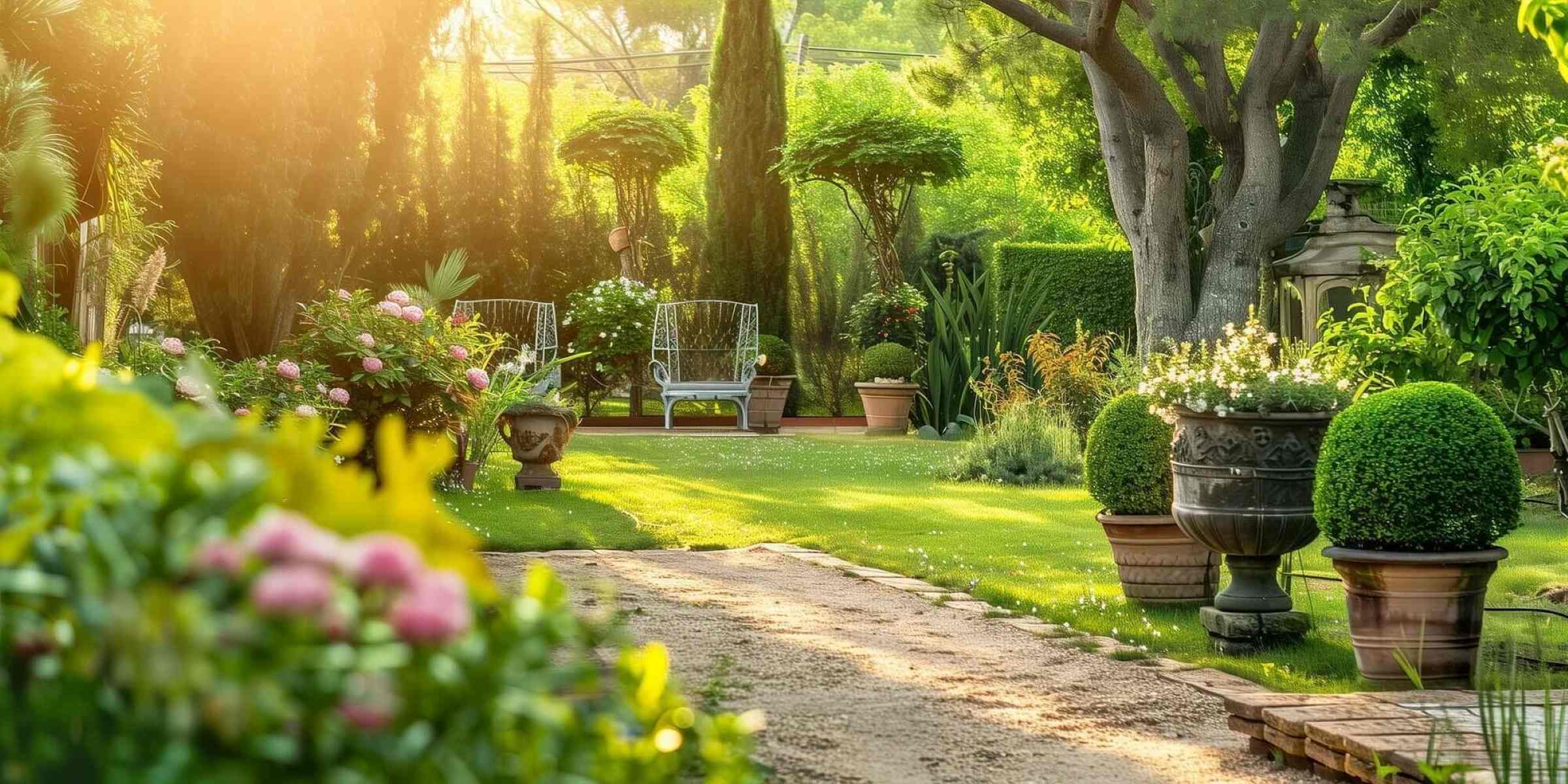
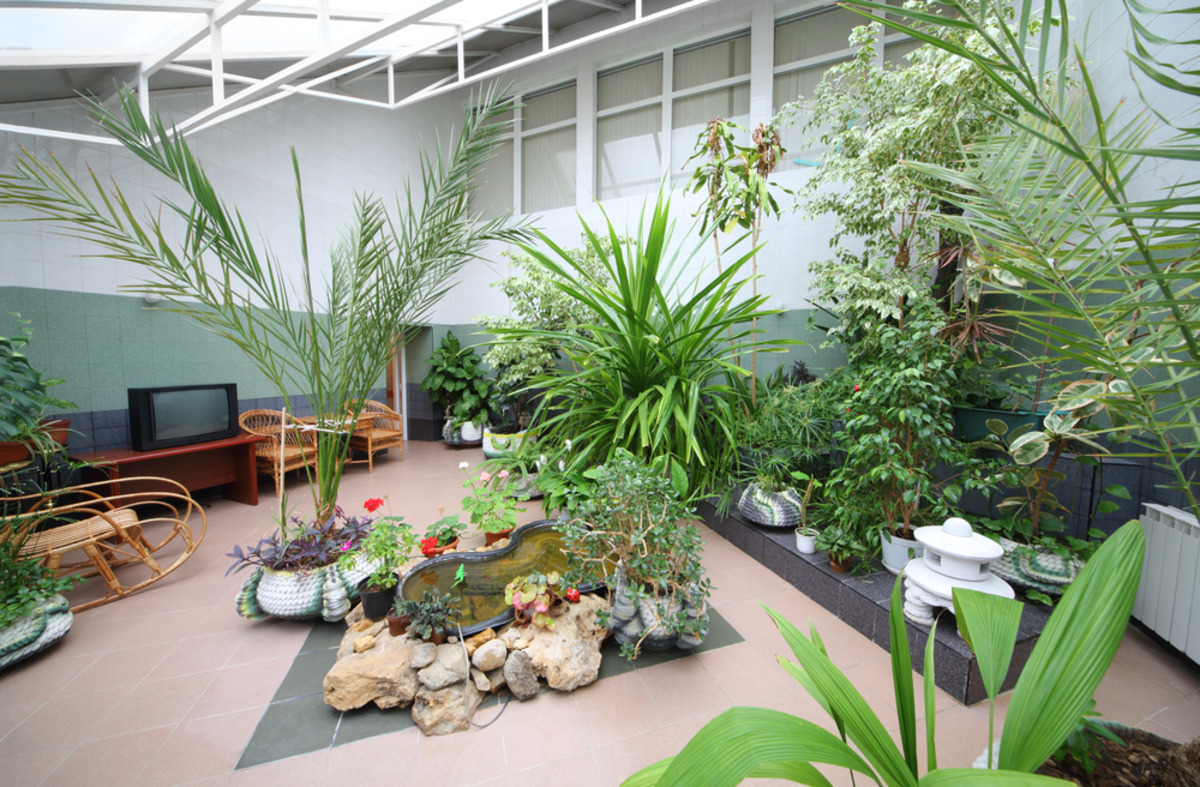
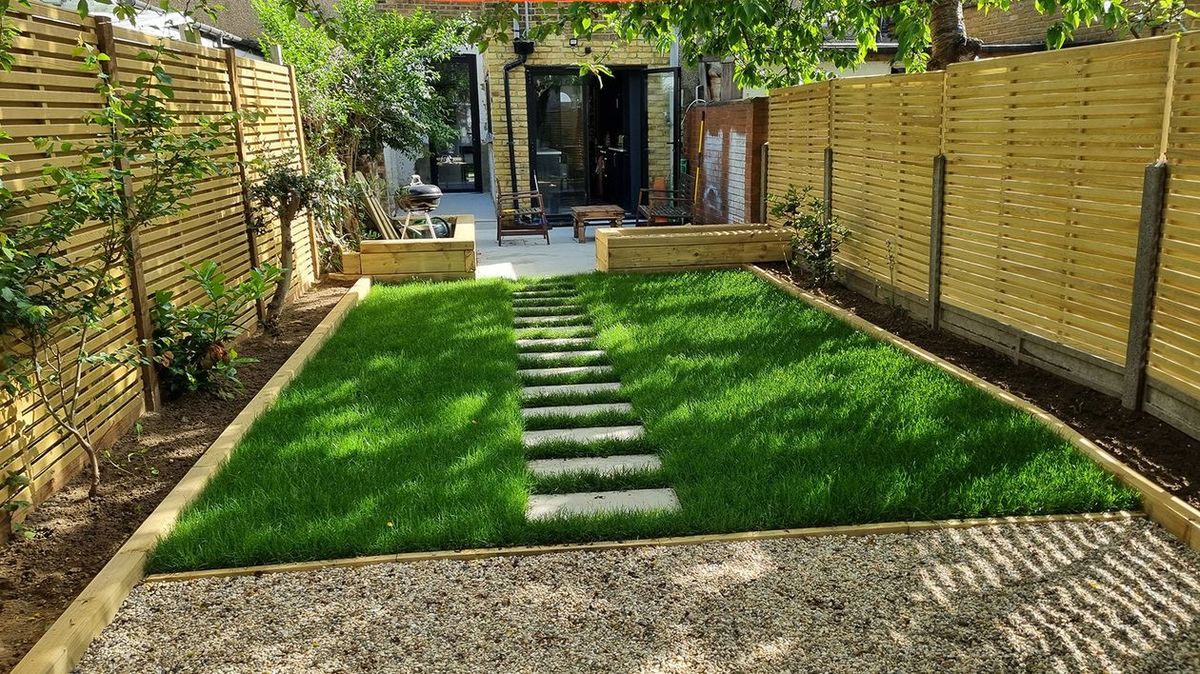
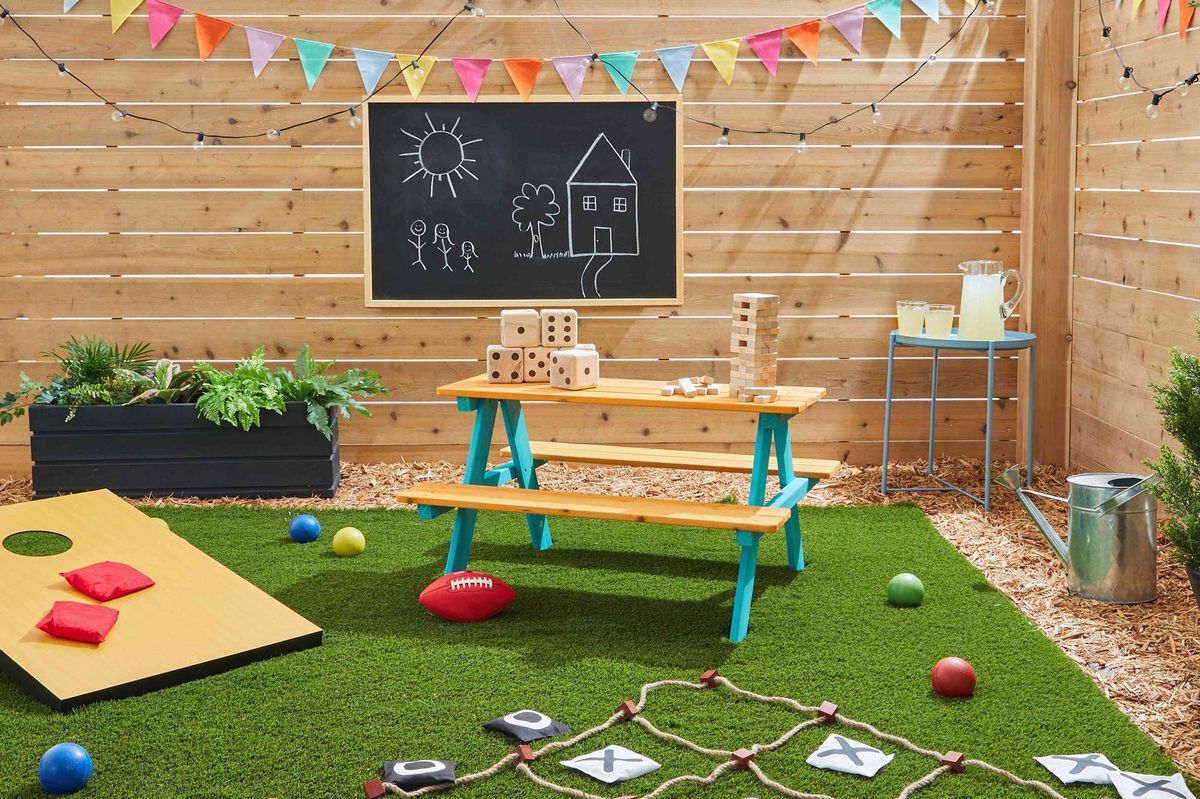
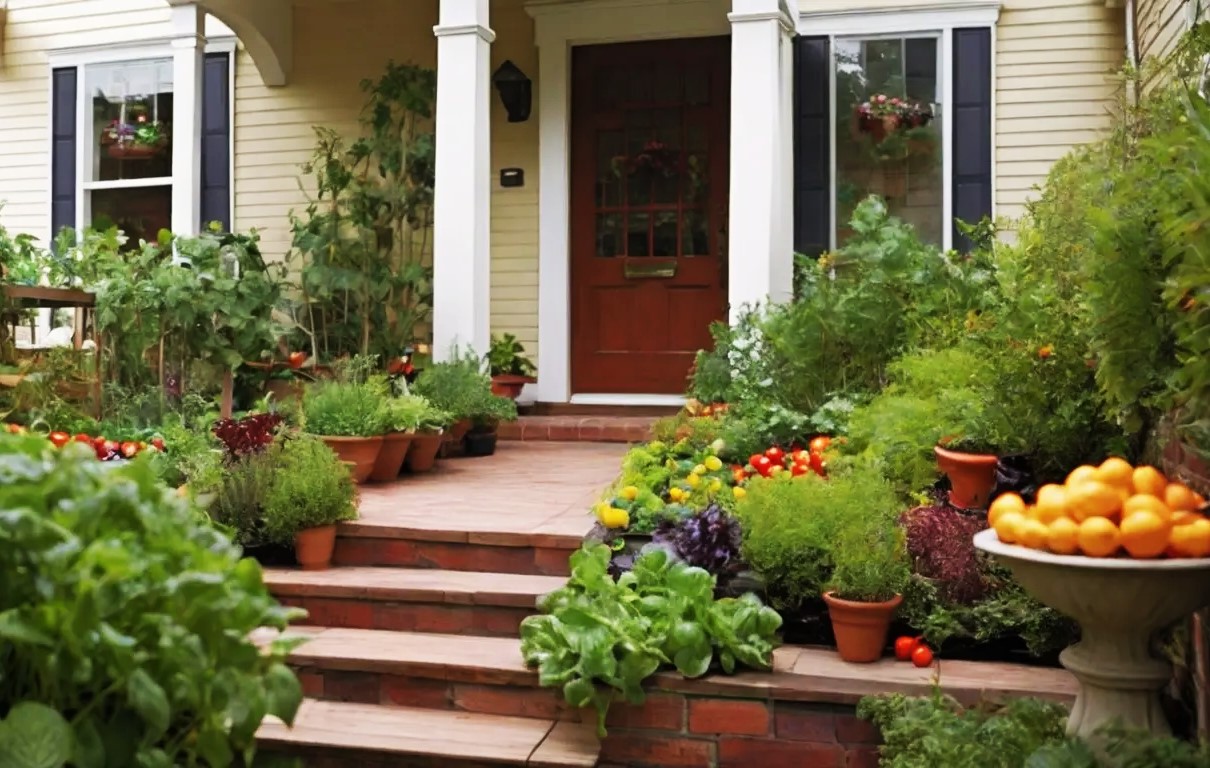


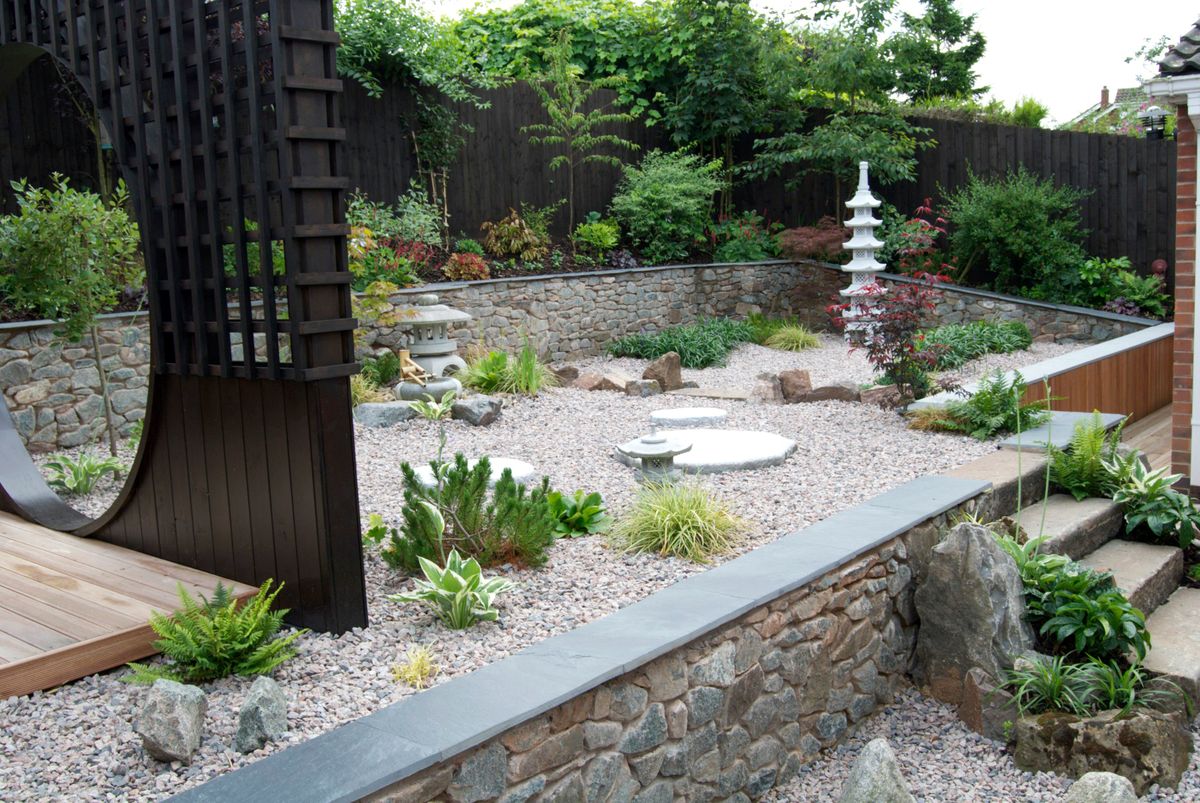
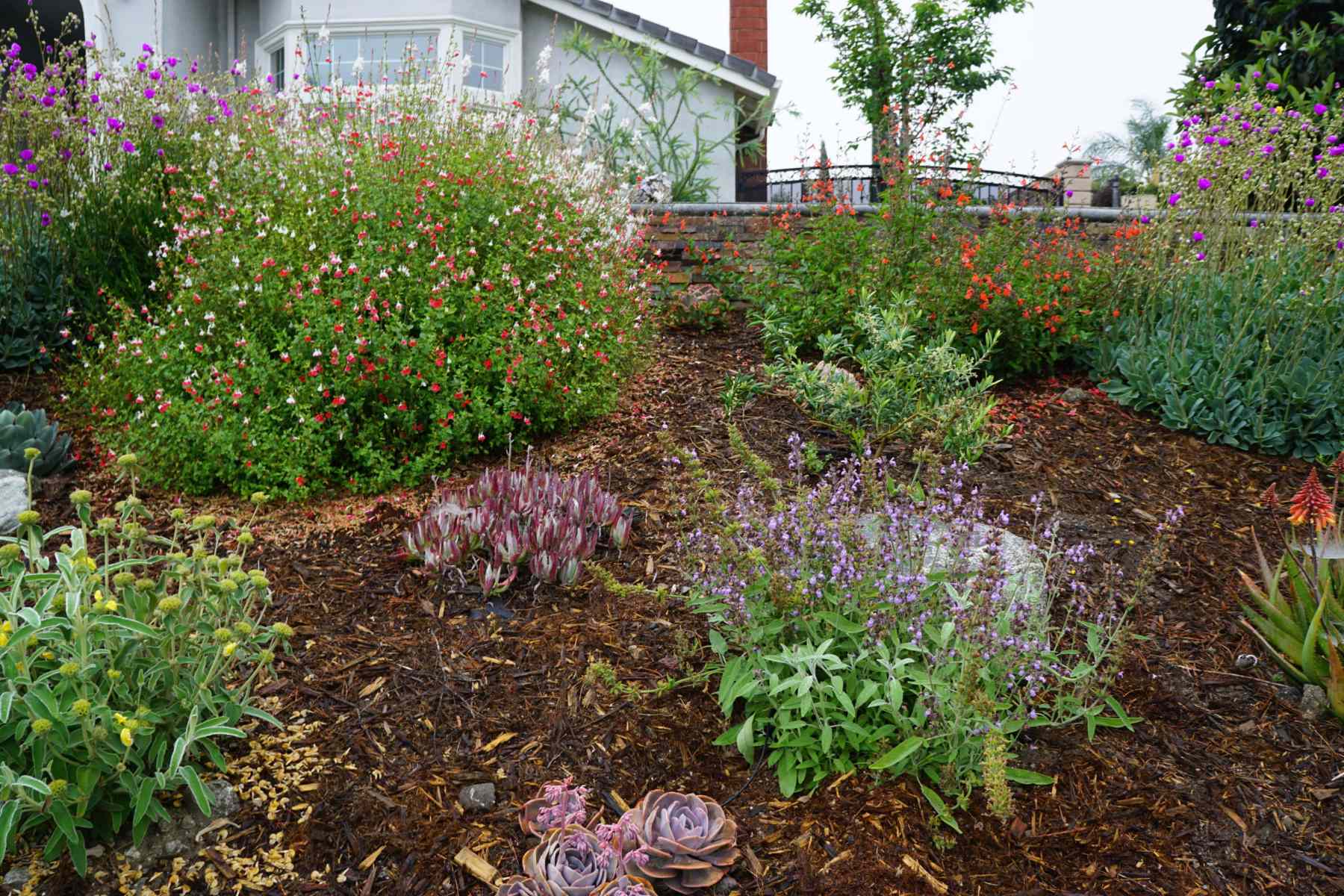
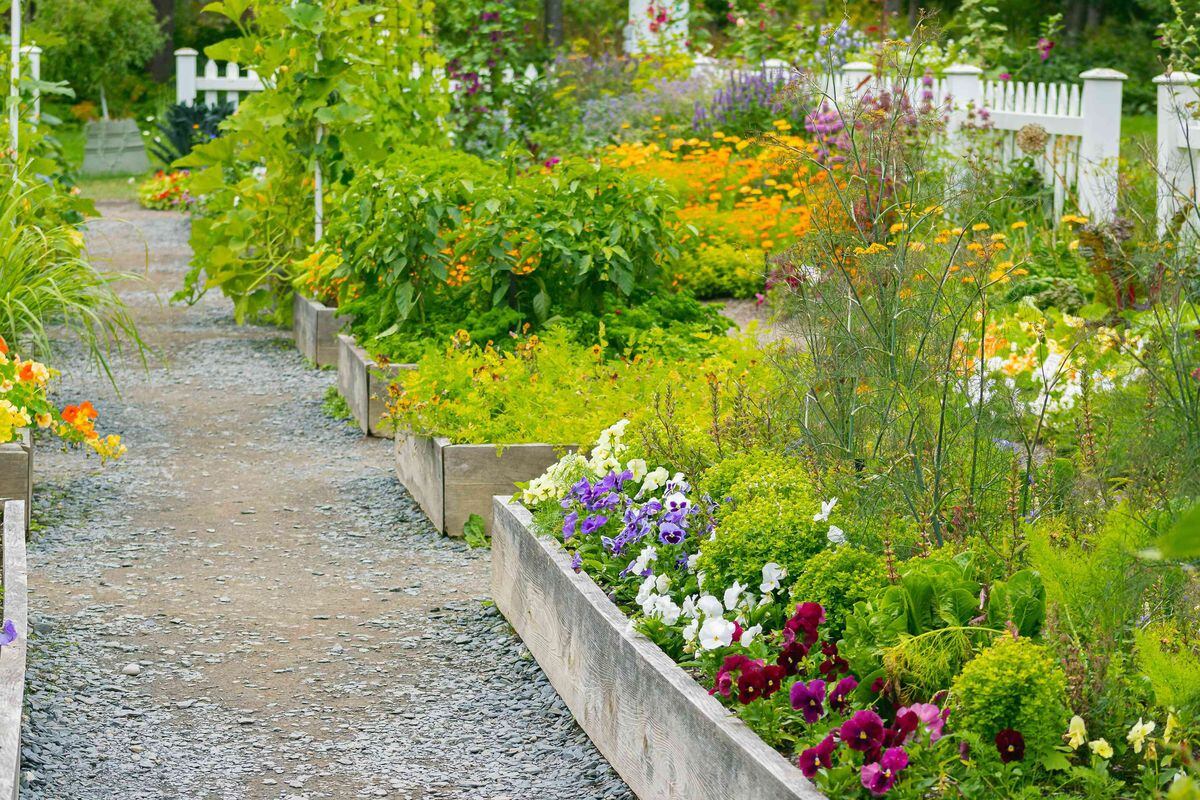
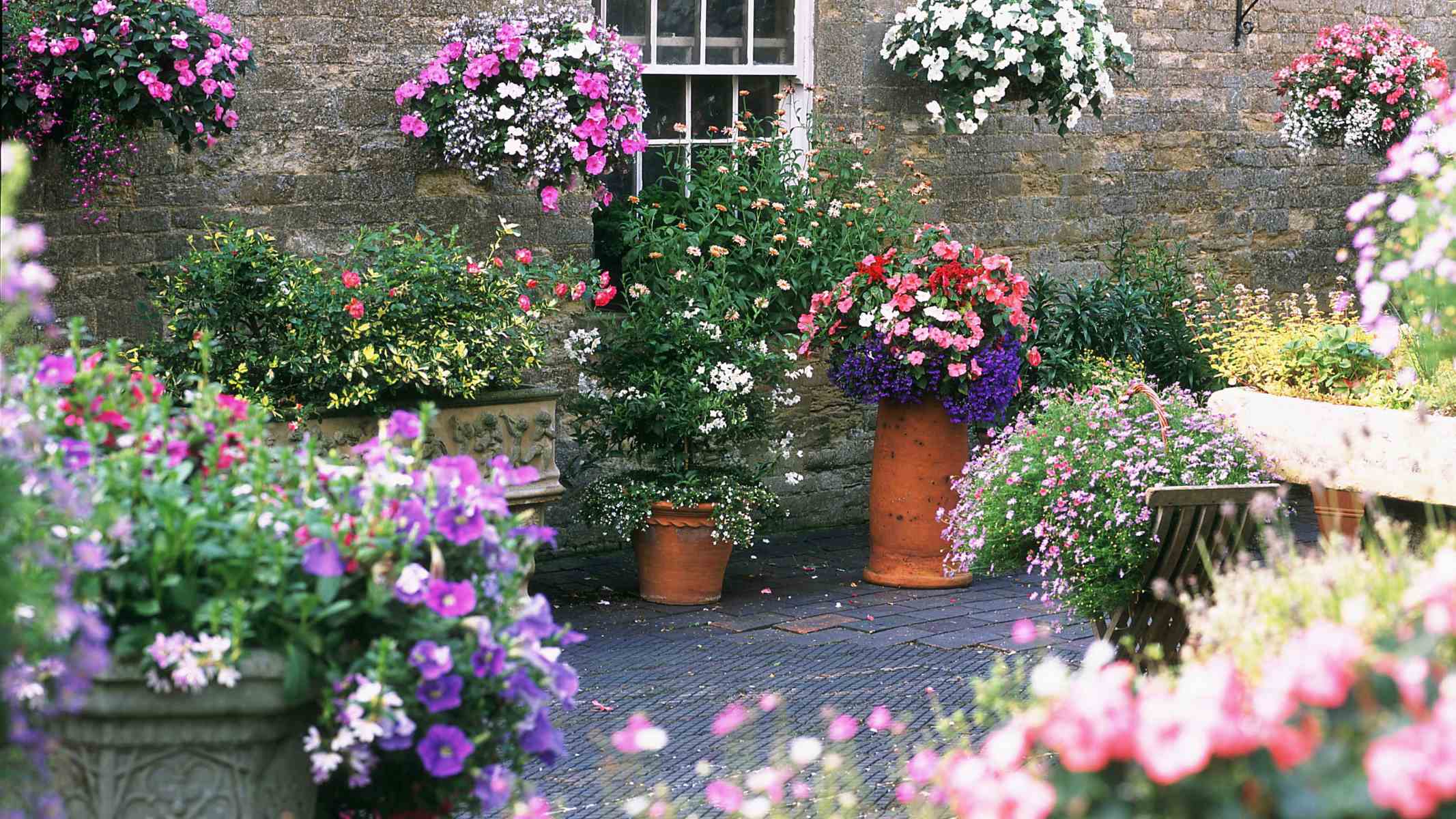
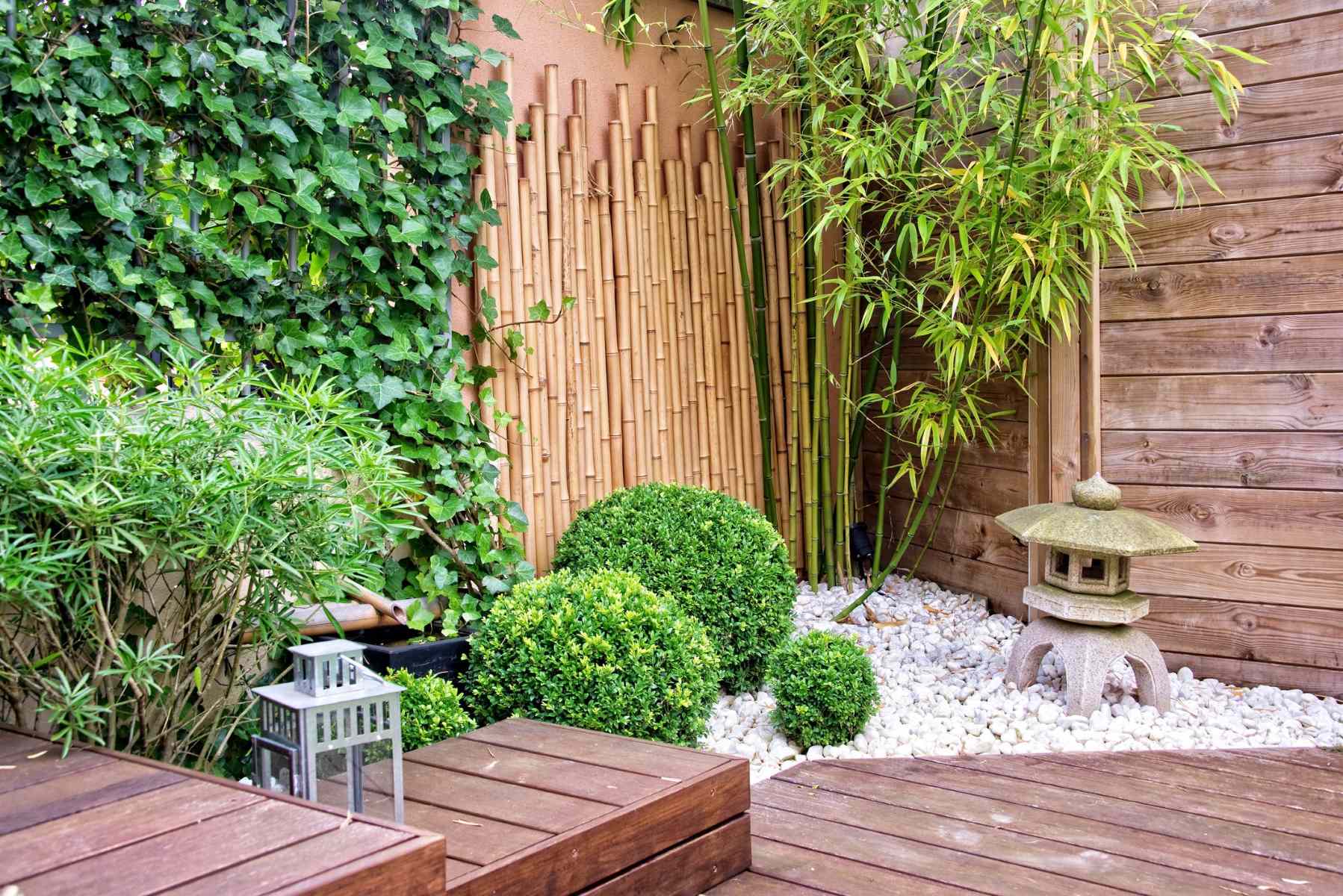
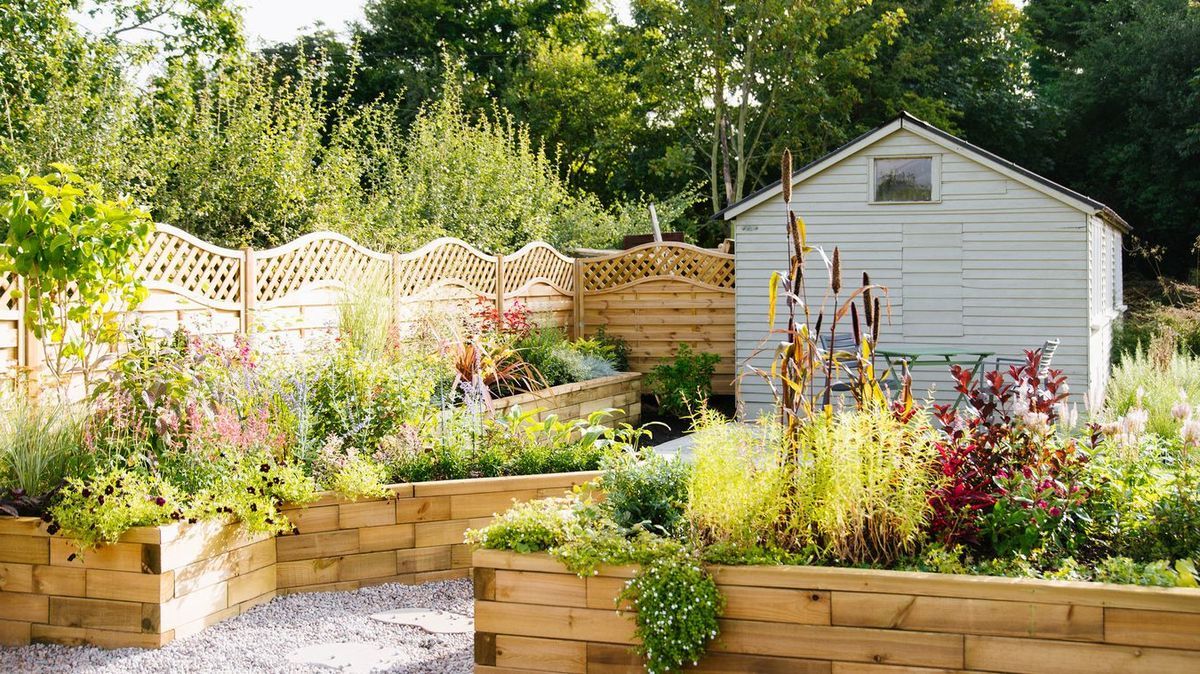

0 thoughts on “How To Create A Garden”